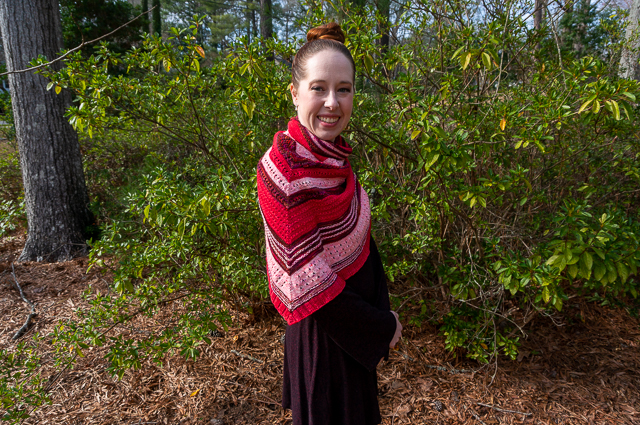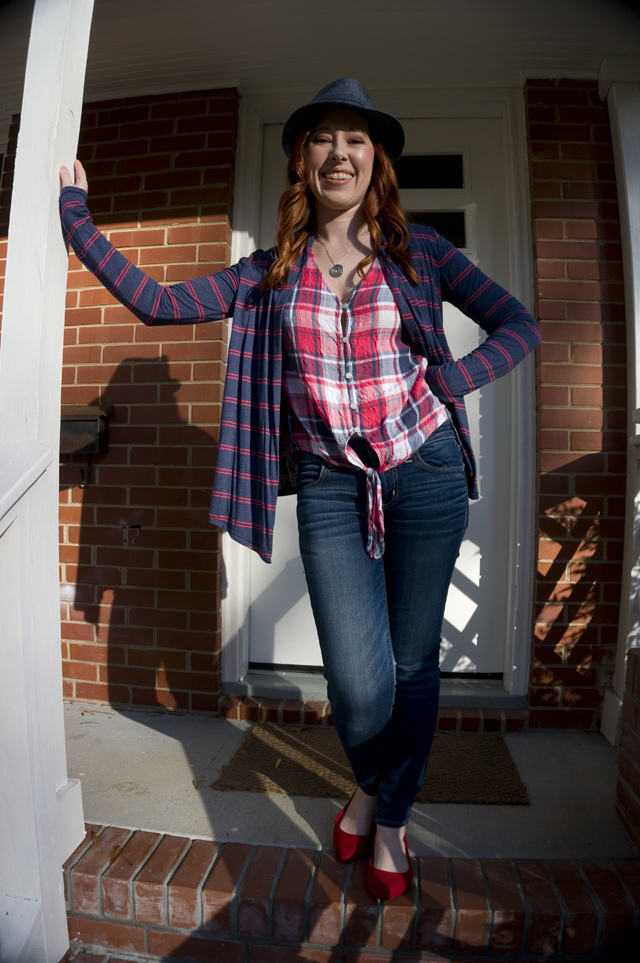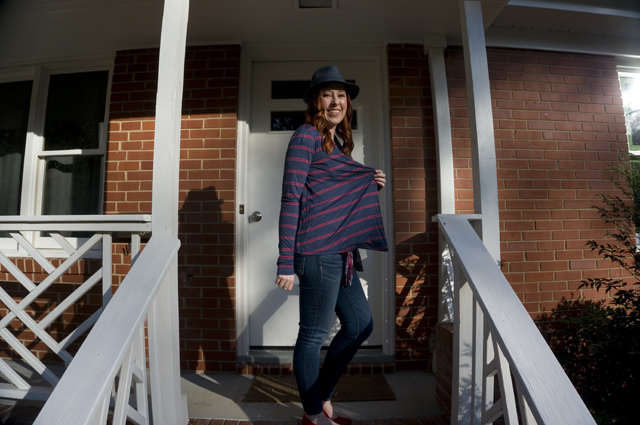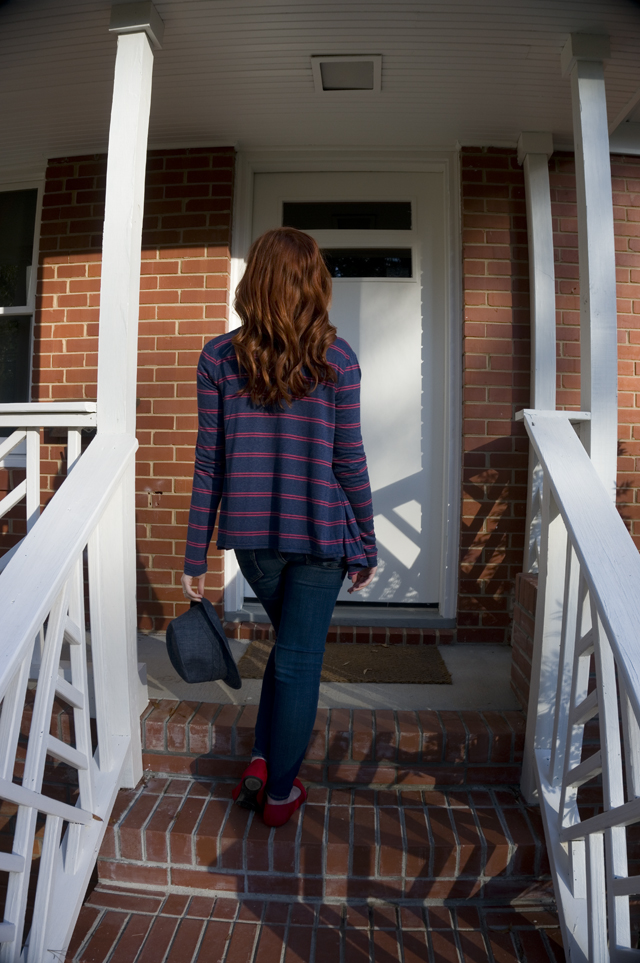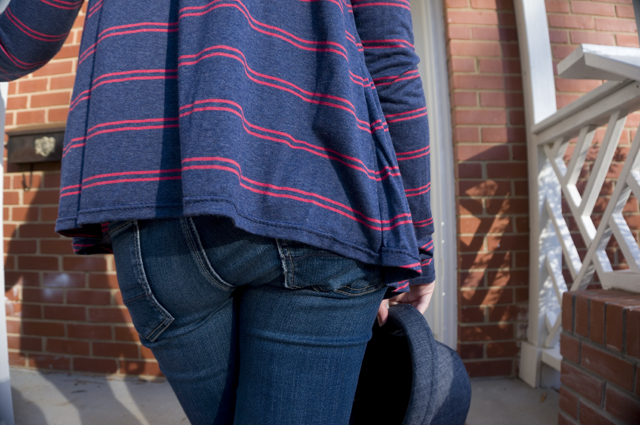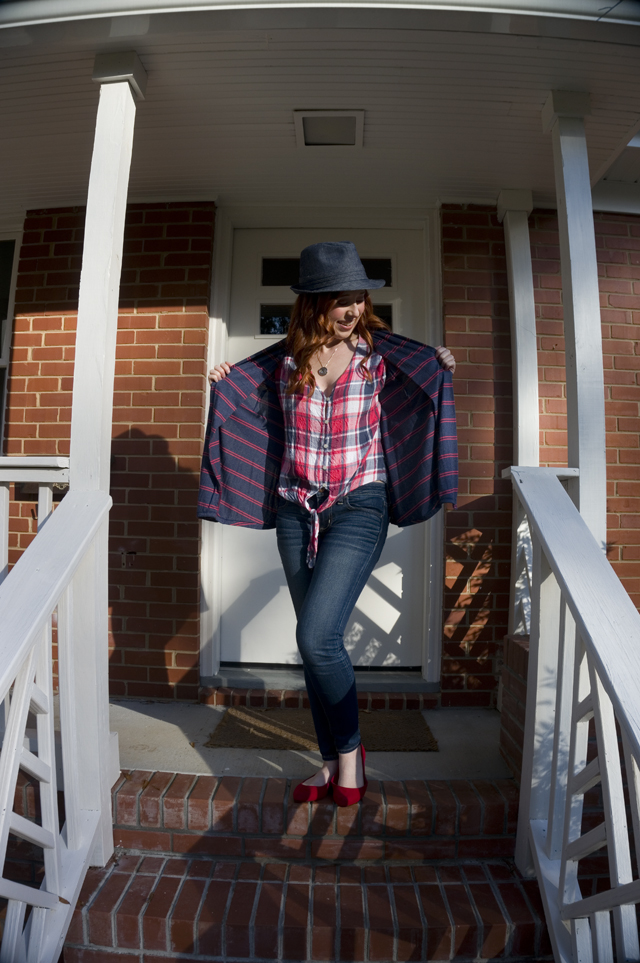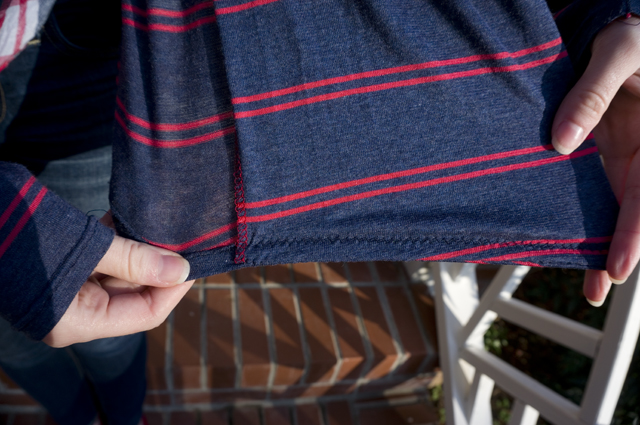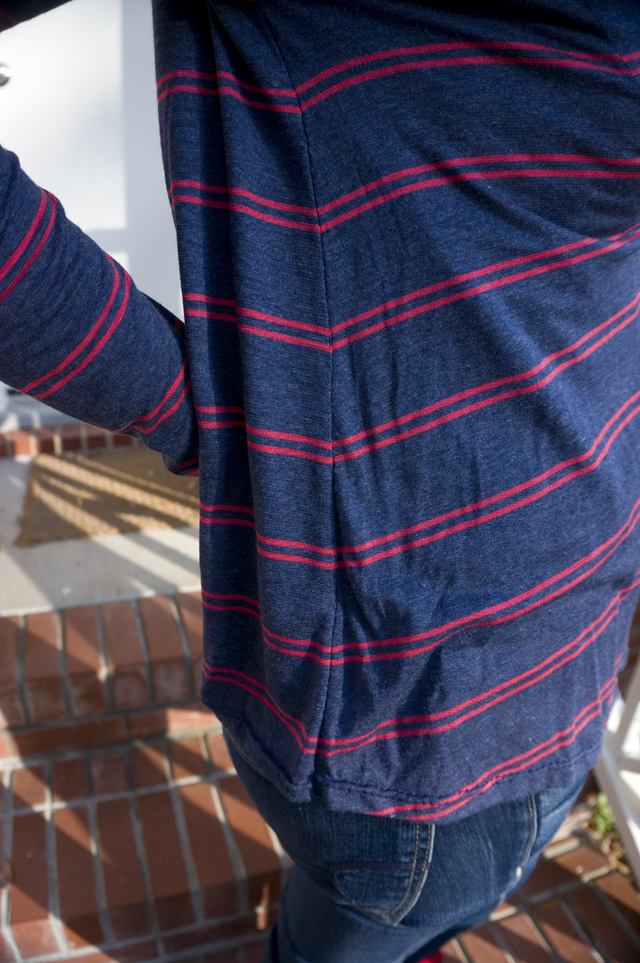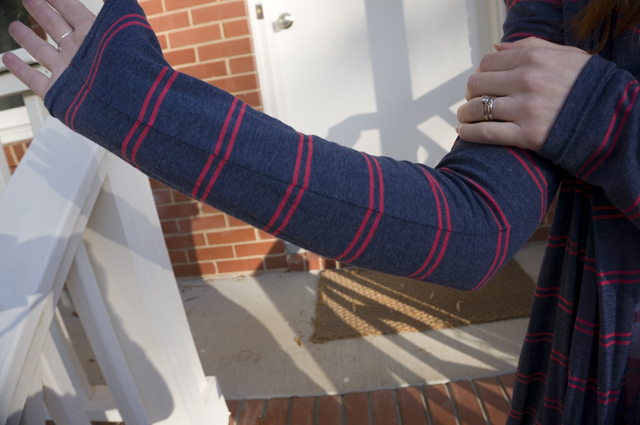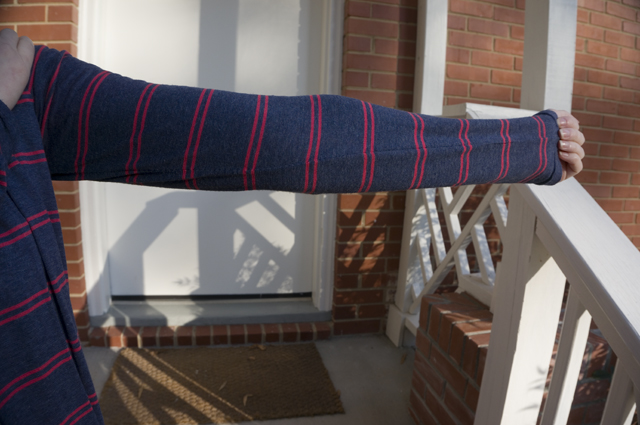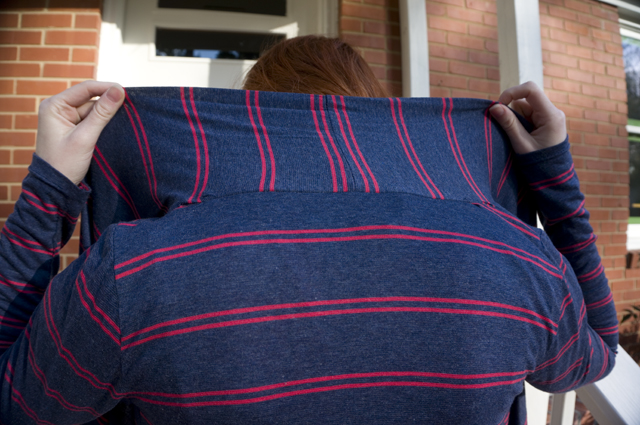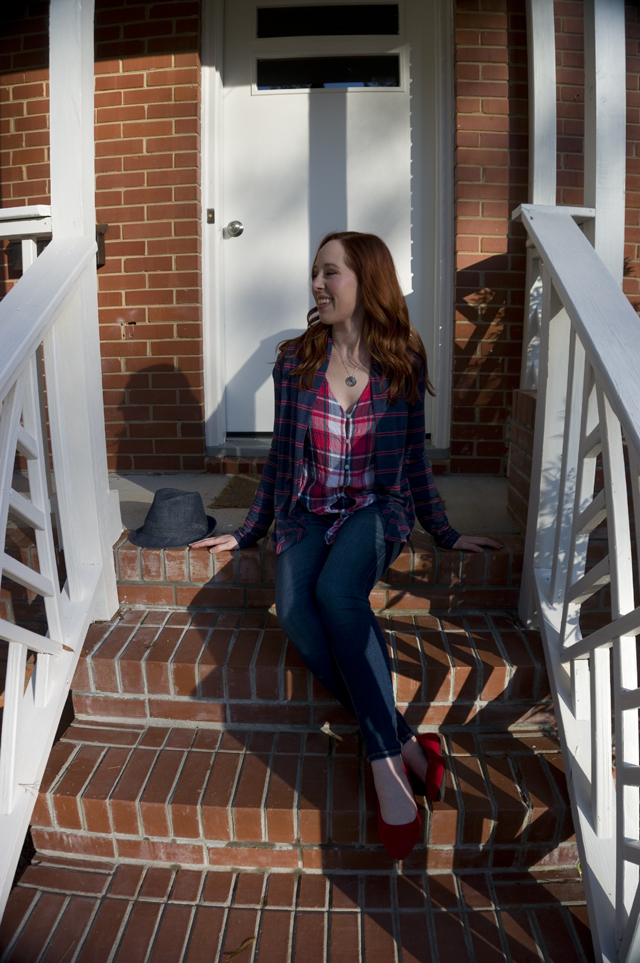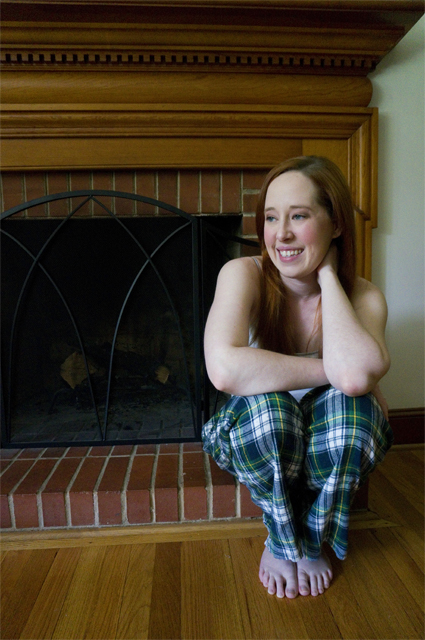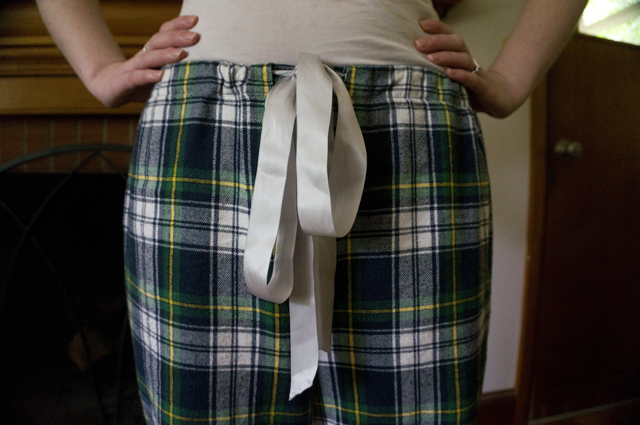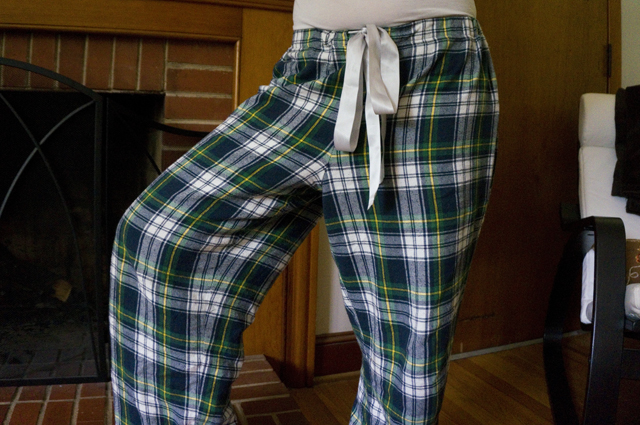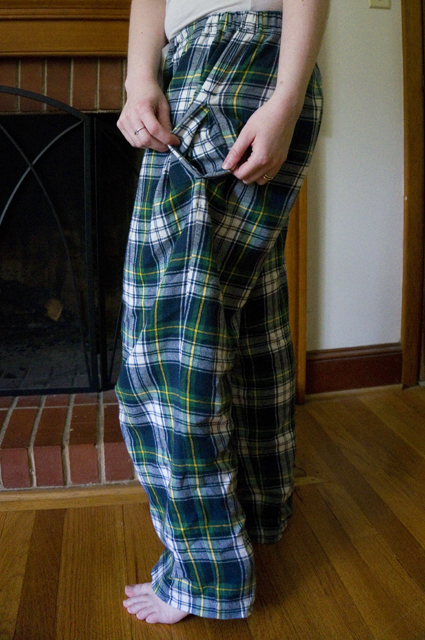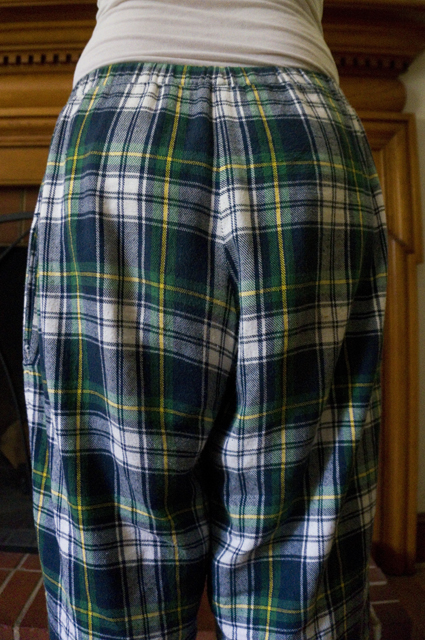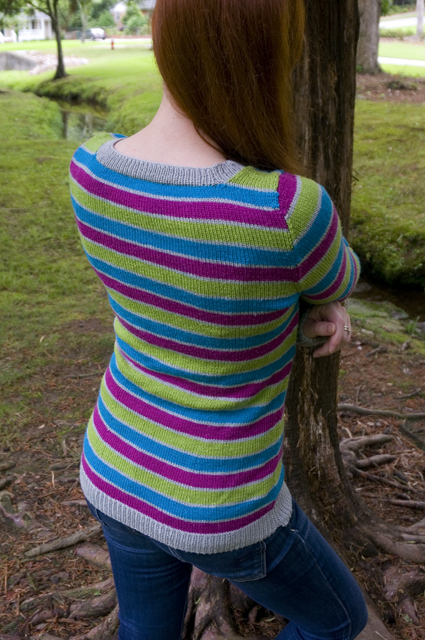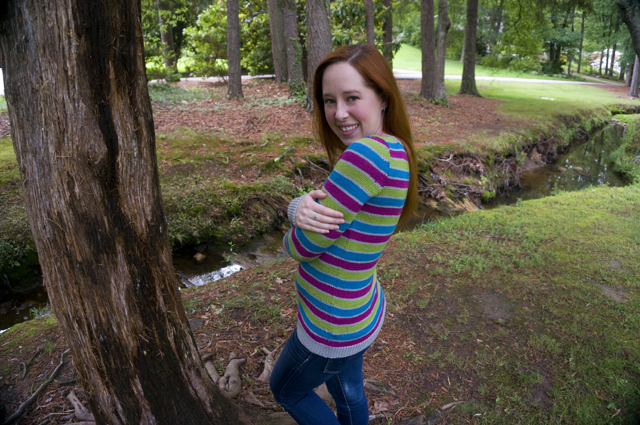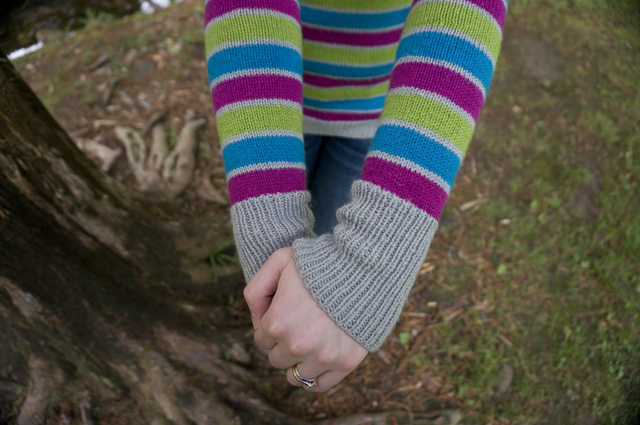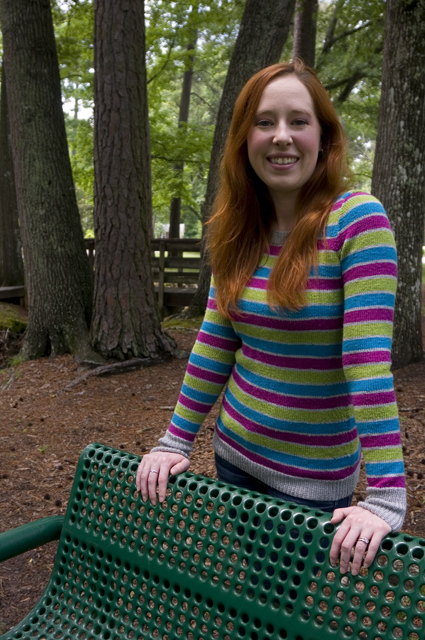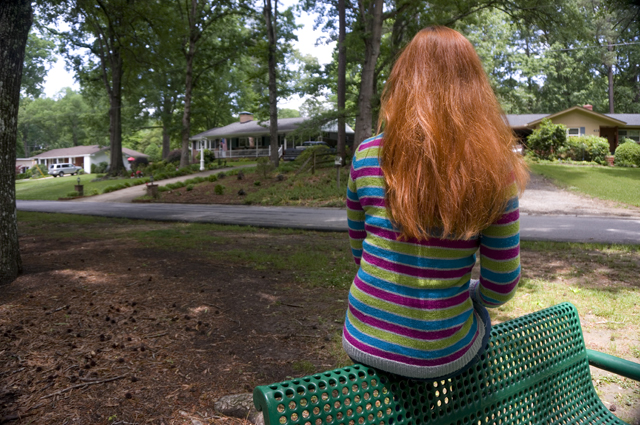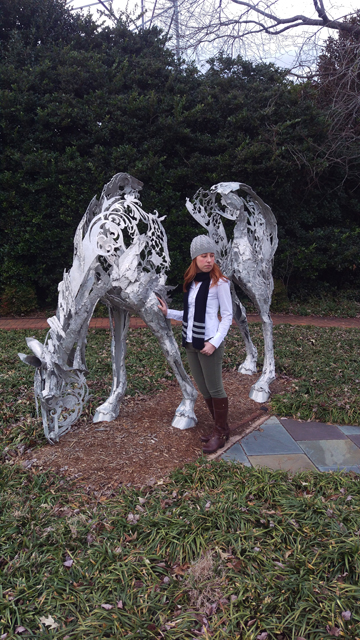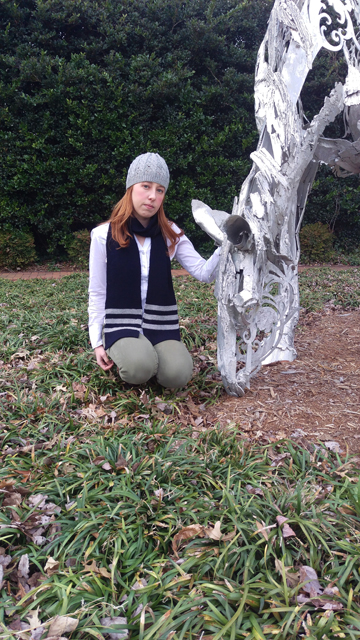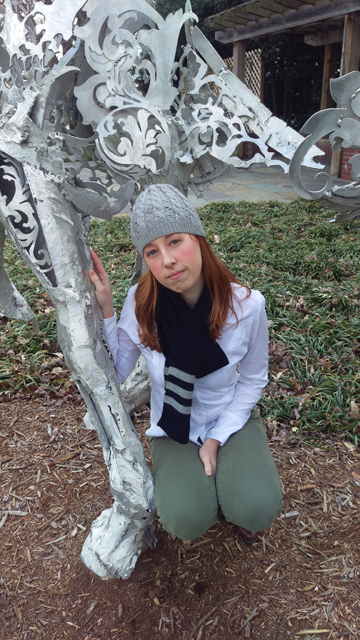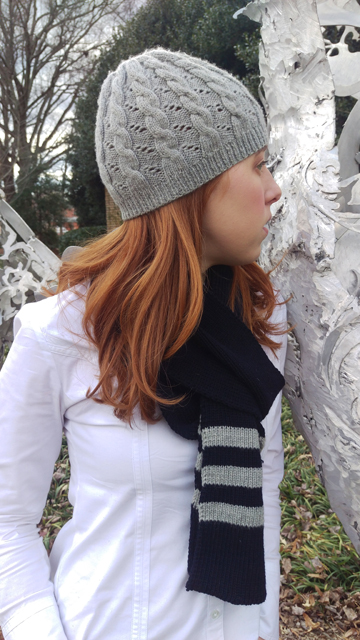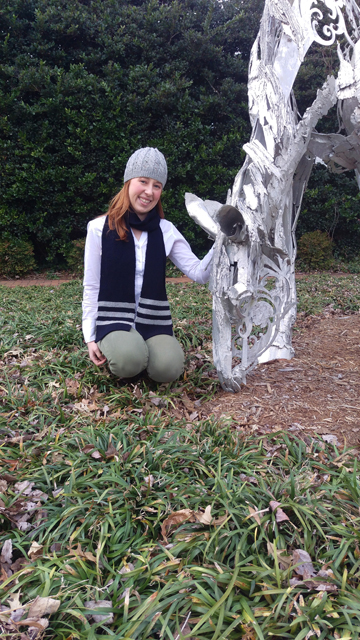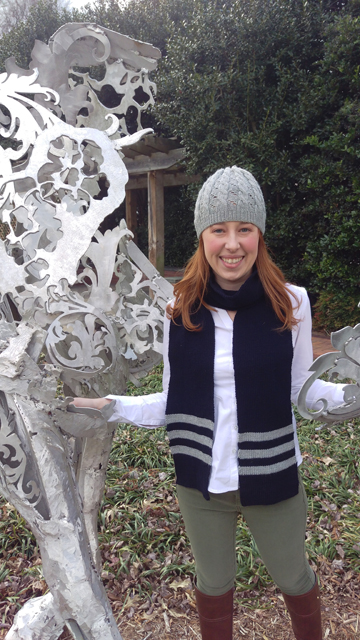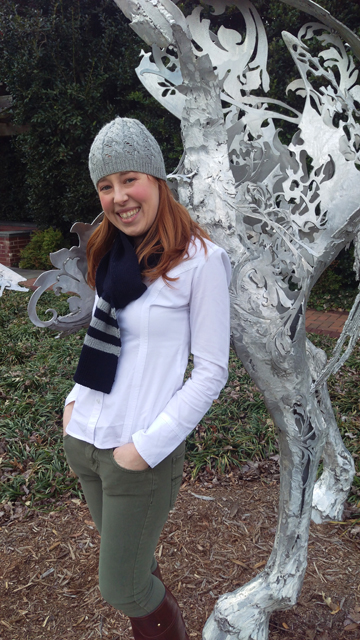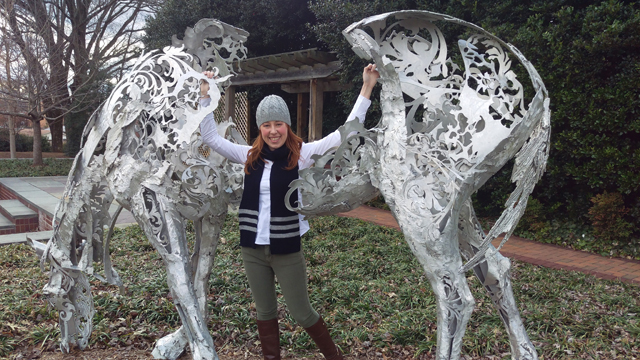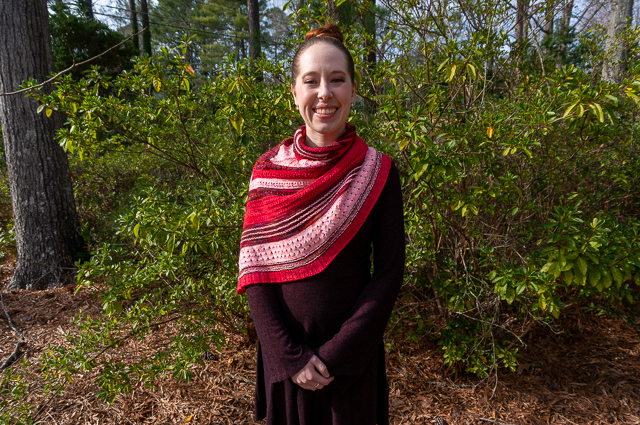
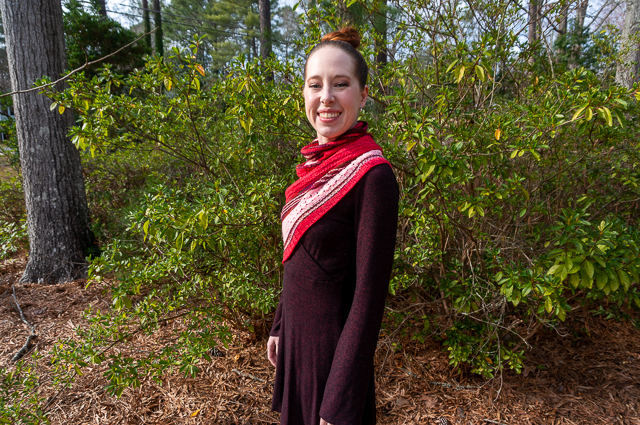
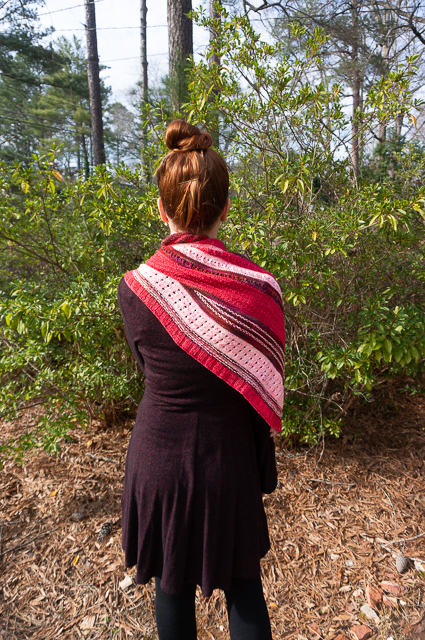
On the opposite end of the spectrum from my Pumpkin Pie sweater is this monster, which did not so much inspire introspection into the nature of craft as it did provoke spates of cursing and self-condemnation.
The pattern in question is Casapinka’s Magical Thinking, the Local Yarn Shawl of 2019. As in 2018, I found it difficult to resist the lure of a “free” pattern in support of my beloved LYS Warm ‘n Fuzzy. I’ve put “free” in quotation marks because you receive a download code for the shawl only when you purchase suitable yarn for the project on Local Yarn Store Day (the last Saturday in April).
That’s where the trouble began.
Don’t get me wrong—I don’t begrudge my LYS one cent of the money I’ve paid for yarn, needles, notions, or knitting swag over the years. But I have no shortage of sock yarn shawls already, and within the framework of having no particular need for another sock yarn shawl, I definitely spent more money than I should have. Whereas my 2018 Local Yarn Shawl required two skeins of fingering weight, this year’s offering demanded three—three! As you might imagine, these hand-dyed beauties—a semi-solid, a tonal, and a speckle—came with a premium price tag. I do very much love the colors, though, both individually and together. That’s how they get you.
Everything would have been peachy if all I’d needed to do was assuage a bit of guilt for indulging in luxury yarn (a trivial inconvenience for the veteran knitter). At some point, no doubt around the time I had an armload of yarns I was auditioning for my next neck accessory, it dawned on me that I had, in fact, been suckered into yet another striped project. (If you’re wondering why three out of the four links lead to apparently solid-colored knits, it’s because I had to alternate skeins to manage dye lots/color transitions, which works the same as knitting contrasting color stripes).
“It’s fine,” I told myself. “It’s knit in the round. I can carry the unused yarn inside the work.”
This is…not really the case. There are a handful of places where you can carry the yarn, true, but it’s not possible to carry all three yarns all the way through from beginning to end. My sense of betrayal and disappointment (mostly with myself, to be clear) when I realized there were actually going to be a lot of ends to weave in did not contribute to an auspicious start to the knitting portion of this endeavor.
The pattern instructions were, quite frankly, not my favorite. For starters, there seems to be no consistent logic to when the first stitch of the round is slipped. It’s supposed to prevent a jog in the stripes, but slipping the first stitch isn’t indicated for every color change, nor is it omitted when the color stays the same. There’s probably some esoteric bit of stripe-knitting theory I’ve failed to grasp here, and that’s hardly the designer’s fault. Regardless, I struggled with the transition between the end of one round and the beginning of the next looking like a gappy, jagged mess the whole time I was knitting, even with the slipped stitches.
Then, there’s the explanation of the increase rounds. In theory economical but in presentation inelegant, the increase rounds caused more than a few minutes of puzzling on my end. “Do them as you do the first increase round” it says in bold, and “Note that increase rounds are defined in bold, above” it says, but then doesn’t specify whether it means the first increase round in each section (nope) or in the whole piece (yep, it’s this one). The stitch instructions for this foundational increase round are not themselves bolded for convenience, which is baffling when you consider they’re referenced throughout the remaining 6 pages of the pattern.
Eventually the entire thing became so big and unwieldy that not even novel changes in the texture held my interest; eventually “one more round” was not the breathless whisper of anticipation but the ragged mantra of someone who just wants the thing to end.
And, wonder of wonders, it finally did. The issues I had with the beginning of round transition disappeared with blocking, and, as is so often the case, the memory of my agitation during the making-up has dulled with time. I may not have loved a single minute of the process, but I’m pretty fond of the finished product—fond enough that I wore this exact outfit for my birthday party, back on a bitterly cold night in November. (I was supposed to wear a dress I’d made myself, but that’s a story for another day…)

